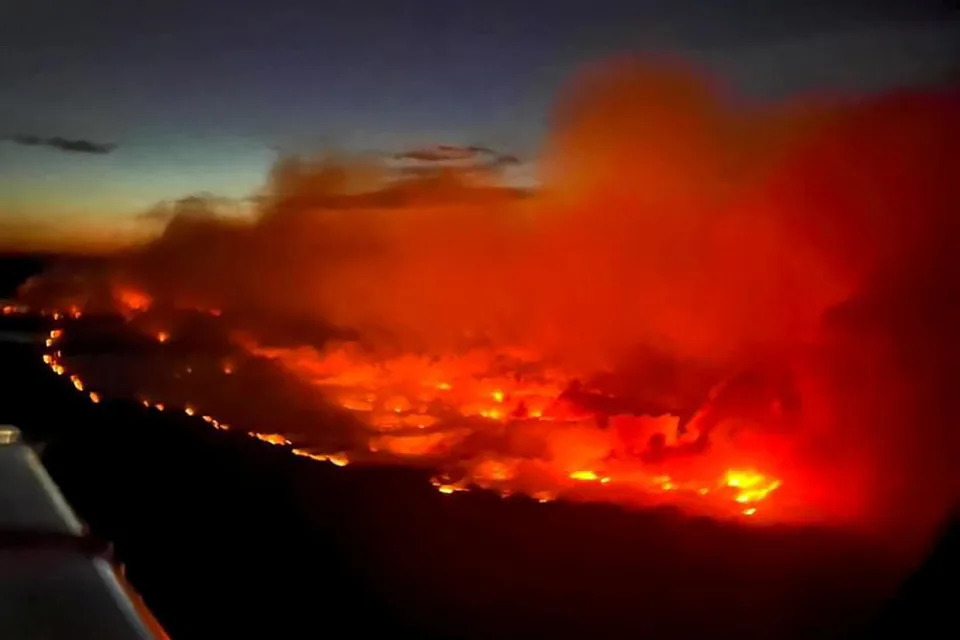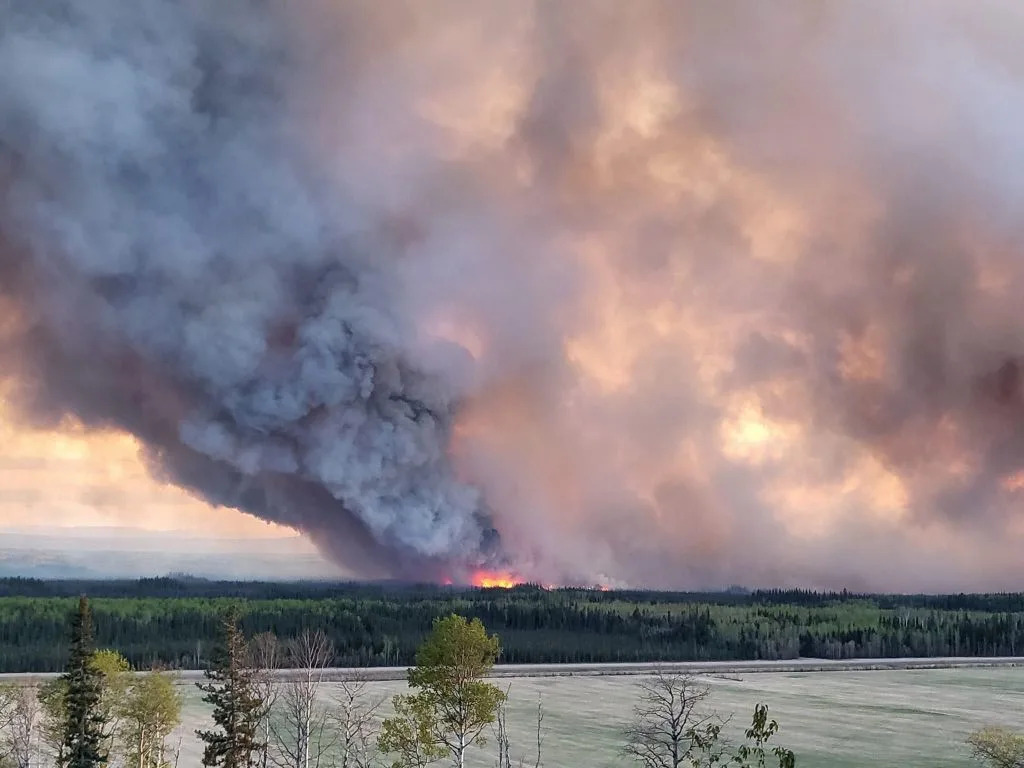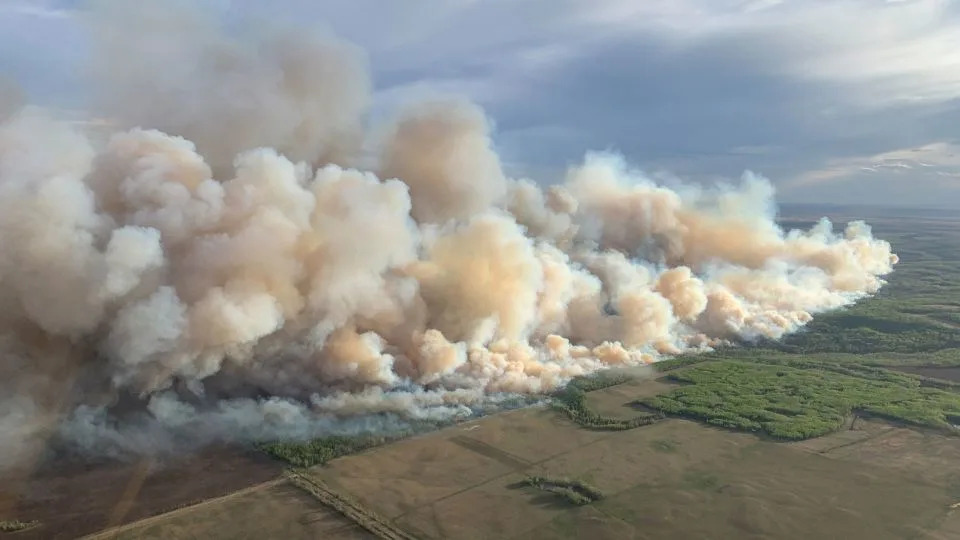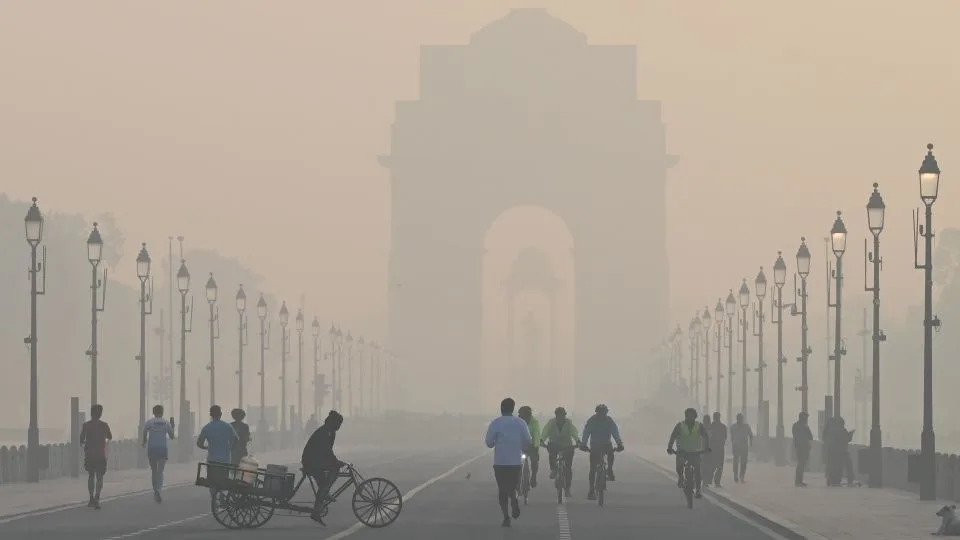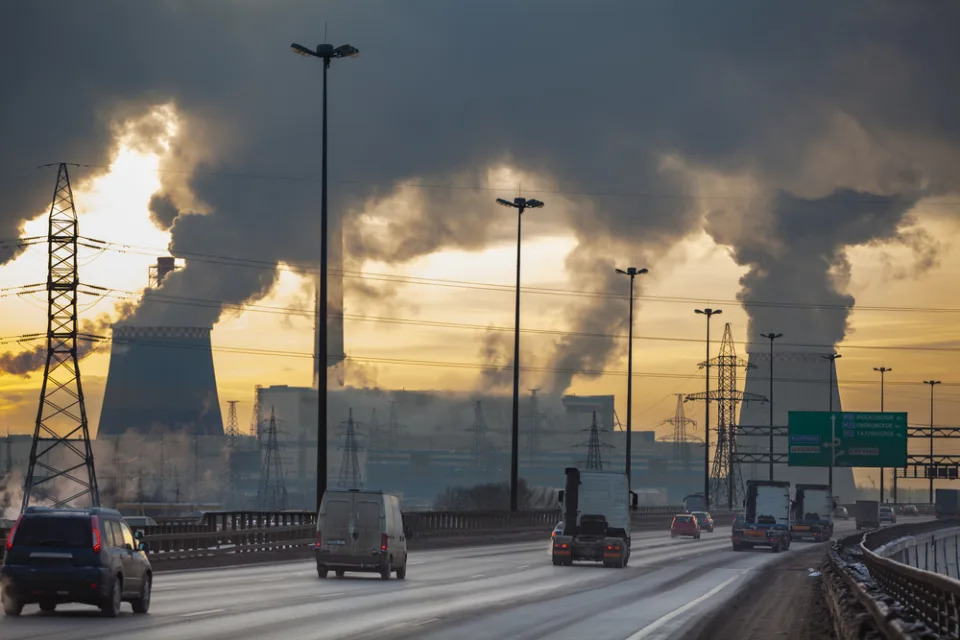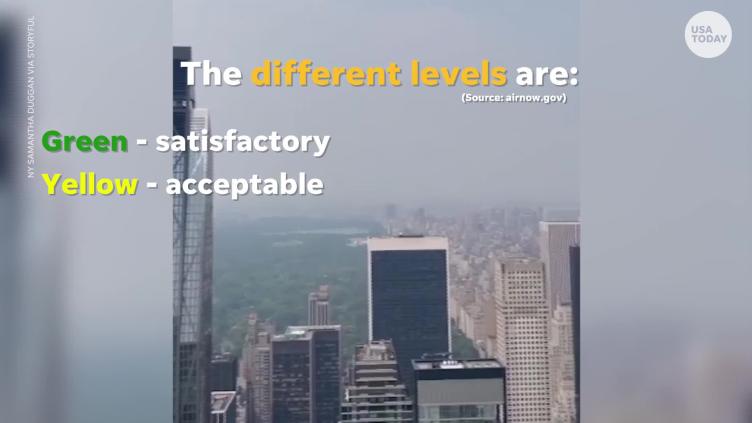Deadly Heat in a Political Jungle
World heat is worse than ever. The entire planet is sweating.
Every summer is hot but never like this. In America, it’s a national election year in the face of global record heat. What are candidates’ positions on CO2-infused heat?
 Graph by Brian Brettschneider, PhD, Climatologist
Graph by Brian Brettschneider, PhD, Climatologist
It’s extremely significant that global heat is just as bad in the world’s oceans, which have absorbed 85-90% of planetary heat, serving as a heat reservoir for decades. But now, the oceans are starting to strut their hot stuff. According to Copernicus, April was the 13th month in a row that global sea surface temperatures between 60 degrees latitude south and 60 degrees latitude north have been the warmest on record for the month. Astoundingly, nearly 30% of the world’s oceans were above 28C (82.4°F) too hot for a bath, in April 2024, setting a record. Both the Mediterranean and Black Seas also had sharp upward trends for the month. Has civilization lost its ocean heat cushion?
Consequently, heat deaths are on the rise and look to escalate, by a lot, and soon. This is a worldwide crisis like none other. It requires world leadership to do something, soon, like the day before yesterday. But, how soon and will it be enough and who’s willing?
According to World Weather Attribution d/d May 14, 2024: Consistent sweltering temperatures well above 40C (104F) are creating havoc from Israel, Palestine, Lebanon, and Syria in the West to Myanmar, Thailand, Vietnam, and the Philippines in the East, and even though heat-related death tolls are typically underreported, hundreds of heat-related deaths have been reported, schools have been closed, and citizens warned to stay indoors.
Moreover, two studies by World Weather Attribution (WWA) “found that human-induced climate change influenced the events, making them around 30 times more likely and much hotter.”
Heat knows no borders. According to WLRN South Florida d/d May 23, 2024: “Heat Dome Leads to Sweltering Temperatures in Mexico, Central America, and US South”: “This extreme heat is occurring in a world that is quickly warming due to greenhouse gases, which come from the burning of fossil fuels like oil, gas, and coal.” For example, Miami International Airport is running 10°F hotter than normal at 96°F.
Mexico City is nearly a war zone scenario with record high temperatures which, combined with pollution, leads to multiple city-wide protests, including by police: “A group of police agents blocked six lanes of traffic Wednesday on a main Mexico City avenue, saying their barracks lacked water for a week and the bathrooms were unusable. ” (Ibid.) Water has been trucked for hospitals and to firefighting teams. Numerous birds and animals in the wild of Mexico have dropped dead on the spot.
All Central America is exposed to the same horrendous moist heat. And people wonder why they migrate North.
Yale Climate Connections d/d April 29, 2024 listed some global warming samplers (1) corals are bleaching in every corner of the ocean, threatening its web of life (2) extreme drought in southern Africa leaves millions hungry (3) West African heat wave: high humidity made 40°C feel like 50°C, which is a killer (4) discomfort may increase: Asia’s heat wave scorches hundreds of millions (5) record heat in Europe, Asia closes another extremely warm month for the planet (6) Europe unprepared for rapidly growing climate risks, report finds (7) China breaks heat records as sweltering weather baked cities from north to south.
“The era of global boiling has arrived,” UN Secretary-General António Guterres has warned. “Climate change is here. It is terrifying. And it is just the beginning.” (Source: Climate Action, World Economic Forum, August 4, 2023.)
António Guterres “nailed it” nine months ago. Meanwhile, at some point in time soon, the major nations of the world will hit panic buttons and go all-in supplanting fossil fuels with renewables as quickly as possible. They’ll be forced to do this. After all, when police protest in the streets, as in Mexico City, who’s left to patrol?
It’s a national election year in America, and climate change should be a major political issue as the heat is on for the whole world to see like never before, and it will get worse, as stated by the UN secretary-general. What’s the political landscape in America? According to the mainstream publication Yahoo! Finance d/d Feb. 15, 2024: “MAGA Republicans Have a 920-Page Plan to Make Climate Change Worse.” Isn’t that just great!
Here’s the opening paragraph of Yahoo! Finance’s write-up: “When former President Donald Trump exited the Oval Office in January 2021, he left behind a record of environmental rollbacks unrivaled in US history. Over his 1,461 days as commander-in-chief, Trump replaced, eliminated, or otherwise dismantled more than 100 environmental rules – at least — from repealing the Clean Air Act to allowing coal plants to dump toxic wastewater into lakes and rivers to declaring open season on endangered gray wolves.” Several of the hatcheted rules were from Richard Nixon’s administration.
Subsequently, the Biden administration rolled back a lot of Trump’s hatchet job.
“Had all Trump’s policies gone into effect, the nonpartisan Rhodium Group estimated at the end of 2020, they would have added an additional 1.8 gigatons of CO2-equivalent to the atmosphere by 2035 – more than the annual energy emissions of Germany, Britain, and Canada combined. But even though we never felt the full brunt of them, the medical journal The Lancet estimated that the policies undertaken during his presidency were responsible for 22,000 deaths in 2019 alone due to sharp increases in things like asthma, heart disease, and lung cancer.” (Ibid.)
Project 2025 is the Heritage Foundation’s roadmap for MAGA Republicans going forward: “The plan’s proposals include eviscerating existing climate programs and increasing reliance on fossil fuels. It emphatically repudiates efforts to decarbonize the economy and is a wholesale reversal of the progress made on climate policy over recent years.” (Source: “Project 2025 Tells us What a Second Trump Term Could Mean for Climate Policy. It Isn’t Pretty“, WBUR nonprofit news org, March 27, 2024.)
Well, that’s great to know, but here’s the real issue: “Much of the voting public is disturbingly unaware of both Biden’s climate record and the assault that Project 2025 would marshal against it.” (Ibid.)
Make America Great Again. Really?
Robert Hunziker (MA, economic history, DePaul University) is a freelance writer and environmental journalist whose articles have been translated into foreign languages and appeared in over 50 journals, magazines, and sites worldwide. He can be contacted at: rlhunziker@gmail.com. Read other articles by Robert.
